When it submitted its application to host the World Cup in 2022, to the surprise and wonder of all athletes, the State of Qatar transformed sports from mere competitions on the field and spectator support to lofty meanings that serve communities, people, and countries, elevating the value of sport to achieve peace and rapprochement between people.
In 2009, it was only a dream to succeed when Qatar announced its bid to organise the largest sporting event in the world. Wishful thinking is what appeared to everyone through the hosting file when it was announced at the Khalifa International Stadium in H H the Amir’s Football Cup Final, but in reality, Qatar was carrying high-end concepts in football and hosting tournaments, which appeared in crucial moments.
Qatar surrounded its file with calls to millions of Arabs, the hopes of changing the concepts of football in establishing peace and rapprochement between peoples, and taking football as an easy way to divert the worlds attention to the Middle East, recognising it as a region with deep-rooted traditions and culture based on peace, affection and harmony and not a region of disputes and conflicts.
The Qatari file message was an invitation to the world to change its view of the region as being able to live in peace and prove that concept to its visitors. It painted the walls of the Middle East with the colours of ambition carried by future generations who love football, know their competitive value, emulate their passion for sports the best countries in the world related to football, and even surpass them by culture and knowledge of the game.
Qatar entered the race to organise with its file, competing with strong files such as Spain and Portugal, Belgium and the Netherlands, and England for the European continent, and the US and Mexico for the North and Central American continent, among other files that entered the race in the first stage. Regardless, Qatar has convinced the world that its file was unique.
Qatar excelled in presenting an amazing and convincing presentation to the FIFA’s Executive Office members, adding touches of knowledge that indicate the culture and far-sightedness of the people of Qatar and how to contribute to a unique version that remains in memory, based on young and conscious minds aware of the value of sports and aim to deliver the tournament to the Middle East region, which suffered from the view that it is a region of strife and that must be changed in the minds of the world.
Qatar was not satisfied with a file that only fulfilled the conditions as the previous files submitted to FIFA, but rather supported it with the vision of the state and addressed the world through it in all languages. It presented the bid file in Spanish, French, and English, with pride in Arabic, with the promise of a special imprint for the tournament, which will be of a Qatari character.
It succeeded in overcoming the nature of the tournament, which coincides with the hot summer period in the region, with the cooling technology in the stadiums, an environmentally friendly technology that added a sign of astonishment to the extent of the capabilities that Qatar possesses.
Qatar convinced the FIFA Executive Committee that organising the World Cup meets the aspirations of the people of the region and pushes everyone to one destination, peace. It also enhances the rapprochement between people and provides an opportunity for the world to learn about Qatar and the Arab region, with its diversity of cultures and traditions. This is a valuable opportunity for the world to change the images of the Arab region, in general, and the Middle East, in particular.
When the moment of deciding moment came in December 2010, Qatar overcame America’s file by six votes winning (14-8), in a brilliant victory for the Arab-Qatari minds.
Qatar did not neglect its promises and presented pictures of stadium models that carry special meanings documenting Qatar, its traditions, and the culture of the region through eight stadiums. Each stadium carried its own meaning in terms of shape and design. The Khalifa International Stadium, Al Thumama, Al Bayt, Education City, Al Rayyan, Al Janoub, Lusail, and 974 stadiums are an amazing reality as it was an impressive promise and determination when the hosting file was presented in 2009. The last stadium, and largest, Lusail Stadium was completed six months before the tournament.
Qatar’s file bet on a new idea that has never been done in the history of the World Cup, which is the legacy of the World Cup and the full use of Qatari facilities and stadiums for countries that do not have a sports infrastructure. After the World Cup, Qatar will provide valuable support to these countries from the legacy of the Qatari file, a precedent that history has written in favour of Qatar, and it is a new gain that enhances the concept of the culture of spreading the game, which is one of FIFA’s principles.
Despite moving the tournament from summer to winter, Qatar kept its word regarding the stadiums and provided the same information as it did when it submitted its hosting application. This shows that Qatar did a good job of organizing the event and stayed current with hosting trends in order to make a lasting impression on the World Cup’s history.
With the help of Qatar, the fantasy has become a reality that the majority of people in the globe will experience by viewing multiple games in a single day. Its version is described as the only one that will be hosted in areas where connectivity and access to the stadiums are simple, resulting in a complete rapprochement between the teams, the spectators, and the stadiums.


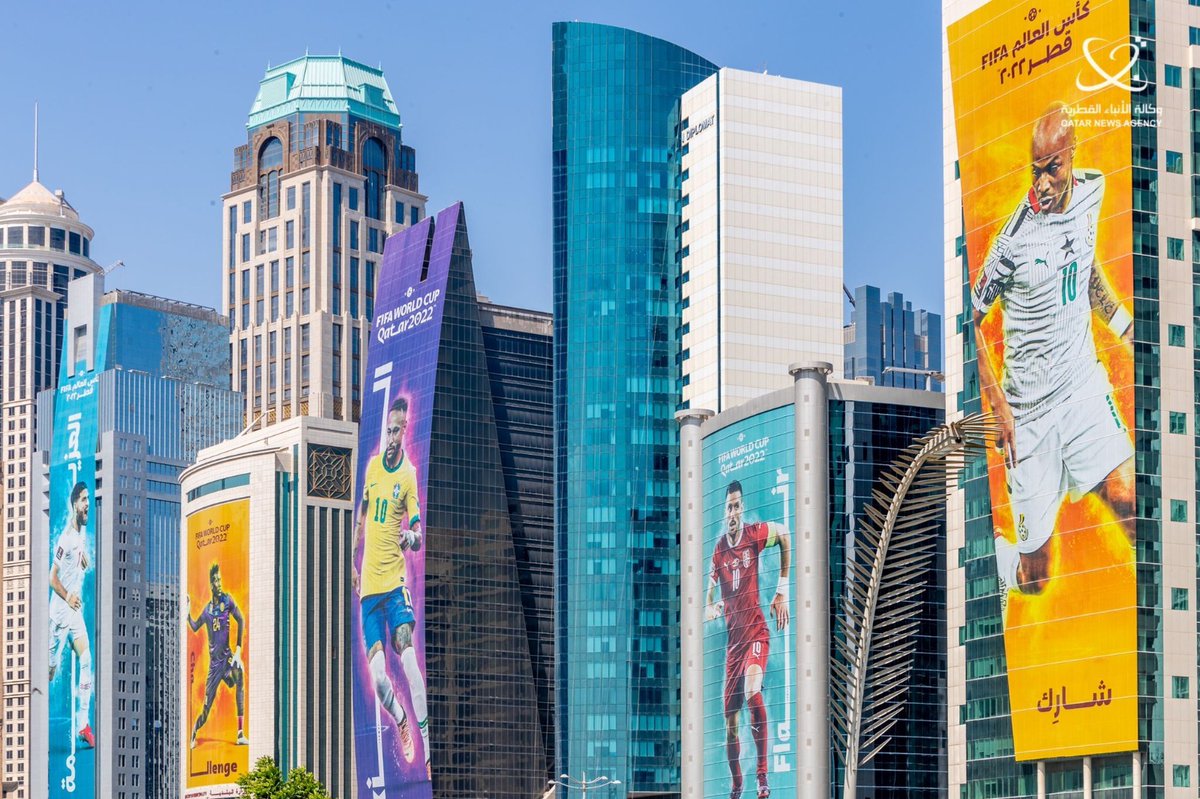


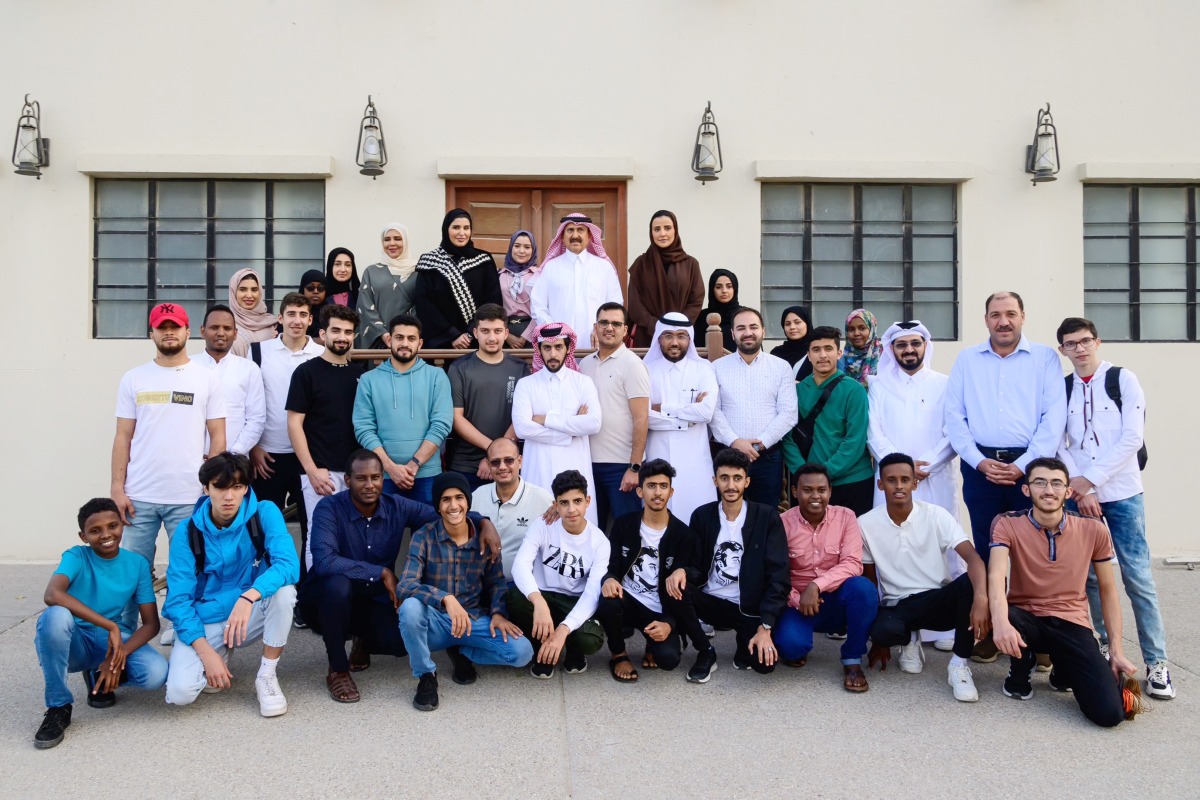
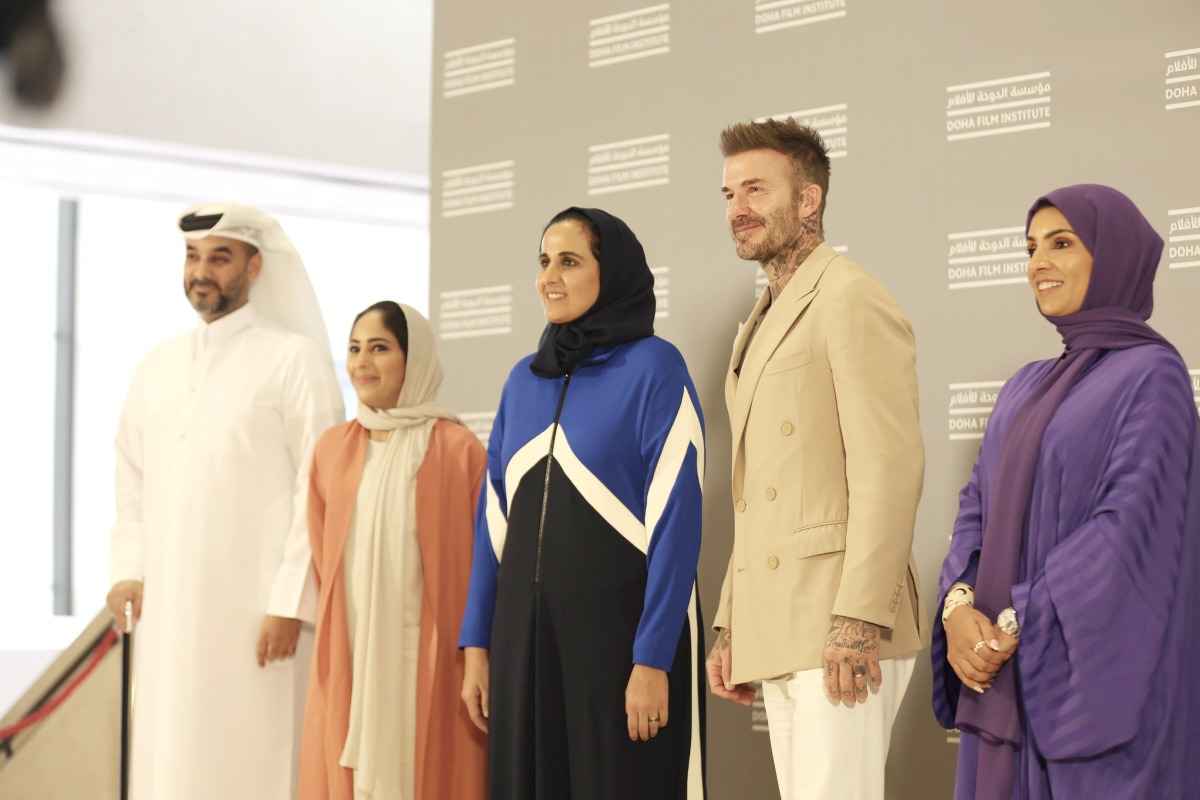
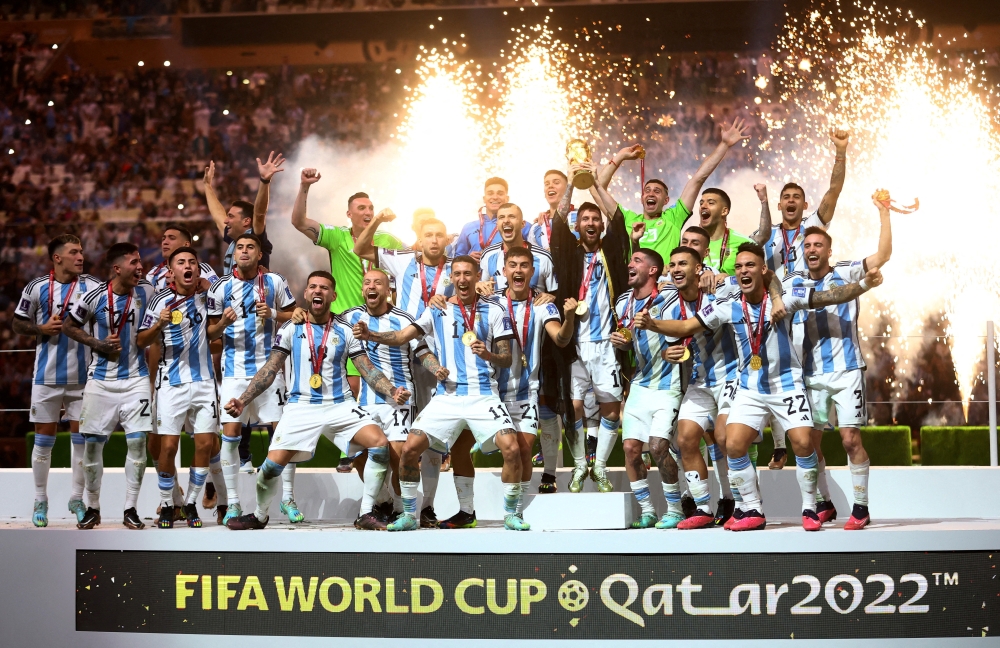




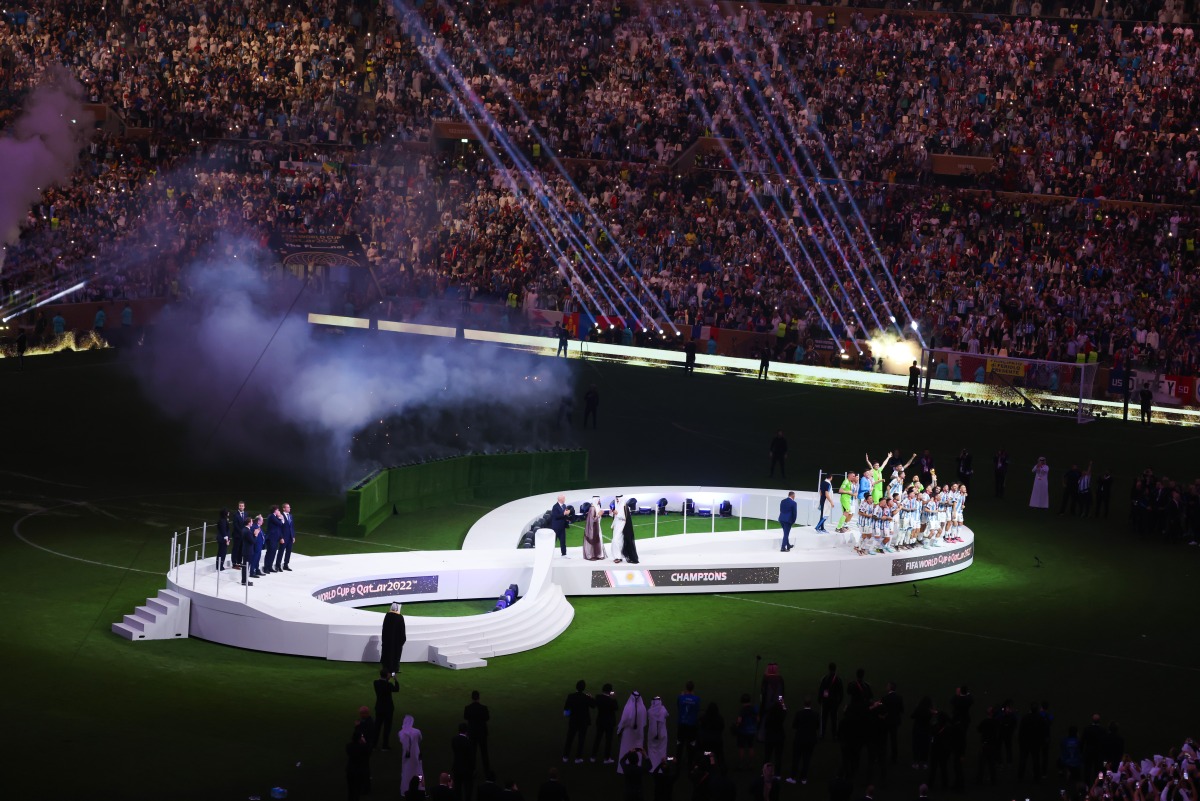


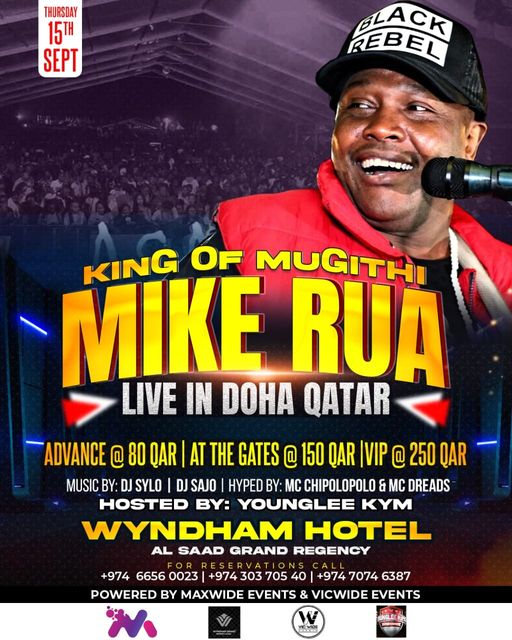

Leave a Reply